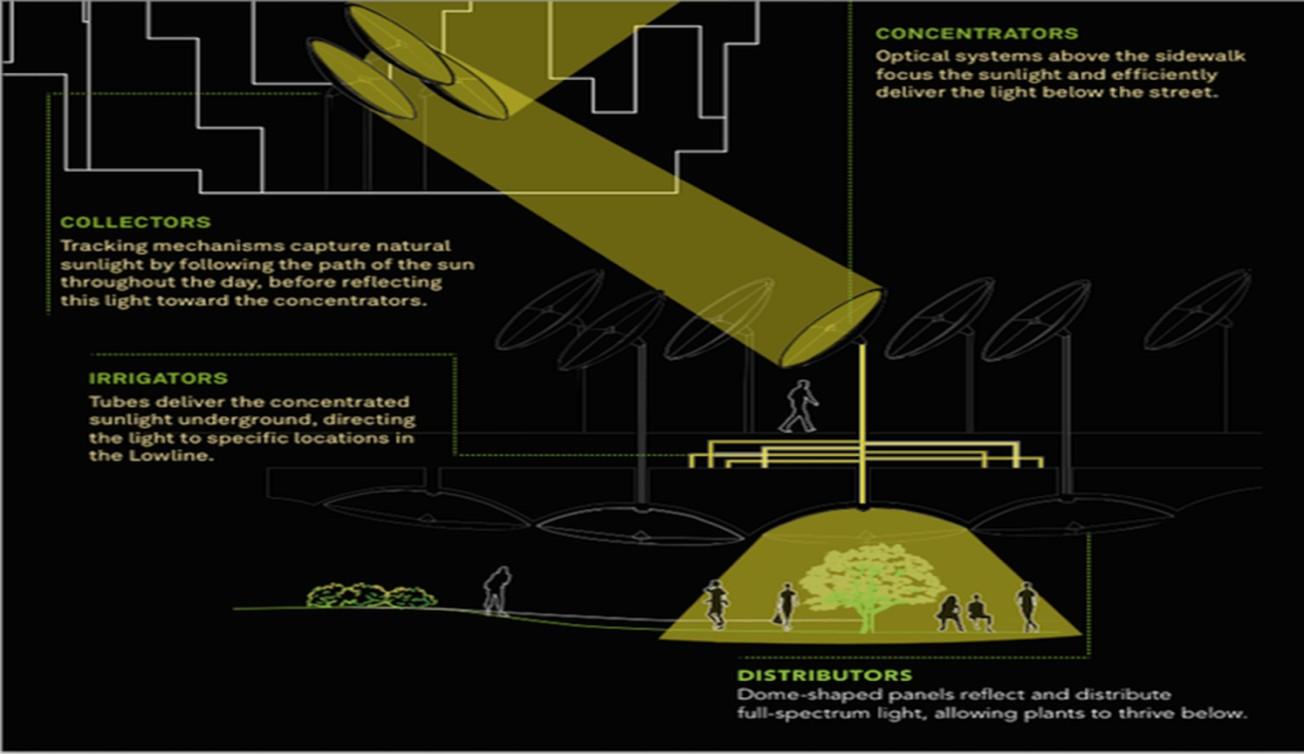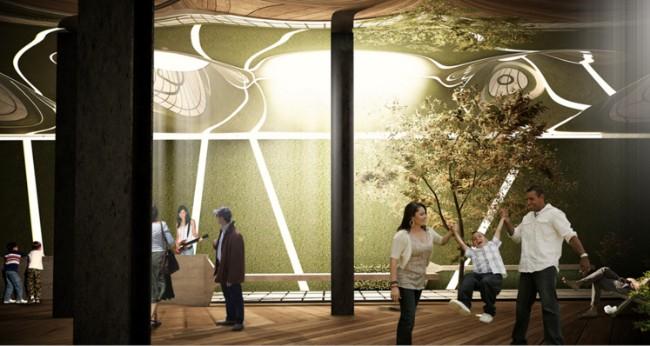
2 minute read
PRECEDENT STUDIES
transmit the necessary wavelengths of light to support photosynthesis, enabling plants and trees to grow. During periods of sunlight, electricity would not be necessary to light the space. In September 2012, the Lowline team built a full-scale prototype of the technology in an abandoned warehouse in the Lower East Side, for the “Imagining the Lowline” exhibit. The exhibit attracted thousands of visitors, was heavily covered by the press, and ultimately served as a proof of concept.
3.2.4. The Vision
Advertisement
Using technology to improve the lives of city residents, by creating more of the green space we all need. The Lowline aims to build a new kind of public space one that highlights the historic elements of a former trolley terminal while introducing cutting-edge solar technology and design, enabling plants and trees to grow underground. To explore our vision in greater detail, we commissioned a preliminary planning study with Arup, the global engineering firm, and HR&A Advisors, a leading real estate, economic development, and energy-efficiency consulting firm. The study concluded that the Lowline was not merely technically feasible but would also vastly improve the local economy and the adjacent transit hub. Once built, the Lowline would be a dynamic cultural space, featuring a diversity of community programming and youth activities. We envision not merely a new public space, but an innovative display of how technology can transform our cities in the 21st century. And along the way, we intend to draw the community into the design process itself, empowering a new generation of Lower East Siders to help build a new bright spot in our dense urban environment. (Project - The Lowline, 2022)
3.2.5. Diving In
Even though the Lowline Lab is a miniature example of an immersive park, the designers want visitors to be able to get a sense of what the finished park will feel like. You can walk through a cutout that runs straight through the middle and discover the plants and structure up close. Because the lab is set in the middle of a larger room, it appears much darker than it is and one of the goals of the Lab is figuring out the best ways to distribute light across the landscapes.
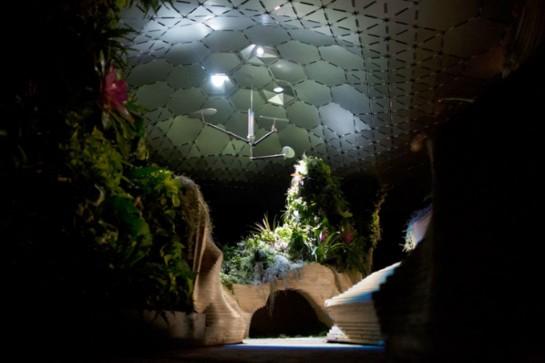
3.2.6. Growing Edible Plants
Figure 2.15. Vegetation
There are pineapples, mint, thyme, and strawberry plants mixed in with the more decorative ground cover. There are over 60 species of plants in total. There’s no plan yet for what will be done with Lowline crops, but Ramsey says he hopes they’ll give kids in New York City an opportunity to see wild plants growing right in their neighborhood
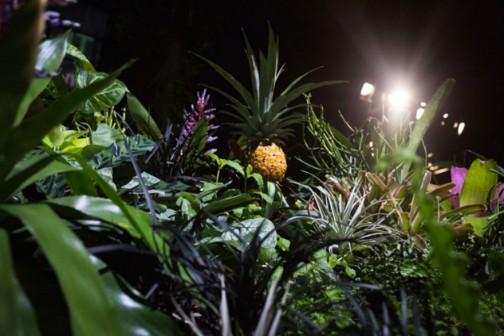
3.2.7. The Anodized Aluminum Canopy:
The segmented canopy is critical to making things grow underground. The combination of hexagonal and triangular anodized aluminum panels forms a shapable canopy that can adapt to the needs of what’s growing in the lab. The structure can direct light wherever it’s needed at the time and has the added benefit of keeping the “light plumbing” out of sight, so visitors can enjoy the atmosphere without fixating on the technology.

3.2.8. Lighting Underground

While some smaller collectors track the sun directly, larger ones use massive tracking mirrors to push the sunlight into their view.
Both the mirrors and the collectors have coatings to filter out infrared light while keeping the ultraviolet parts of the spectrum. This prevents the devices from getting hot while keeping the wavelengths
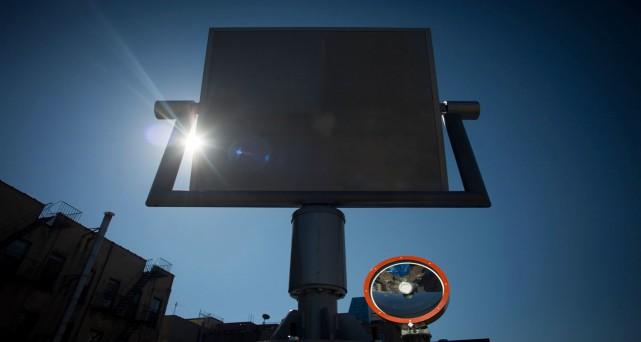
Precedent Studies
needed by plants and animals. These collectors are made by Sun Portal, a Korean company working with Lowline on the project.
3.2.9. Lenses and Reflectors
Getting the light underground is one thing, but you can’t just blast a garden with a concentrated beam of sunlight and expect anything good to come of it. A set of lenses is embedded into the canopy, softening the light, and then a chandelier-like set of reflectors further distributes it across the Lowline Lab. By using the canopy, lenses, and reflectors in concert, the team can create a diverse array of conditions across the landscape, ranging from near pitch-black to brighter than outside. (The Lowline | The World’s First Underground Park - LES NYC,.)
